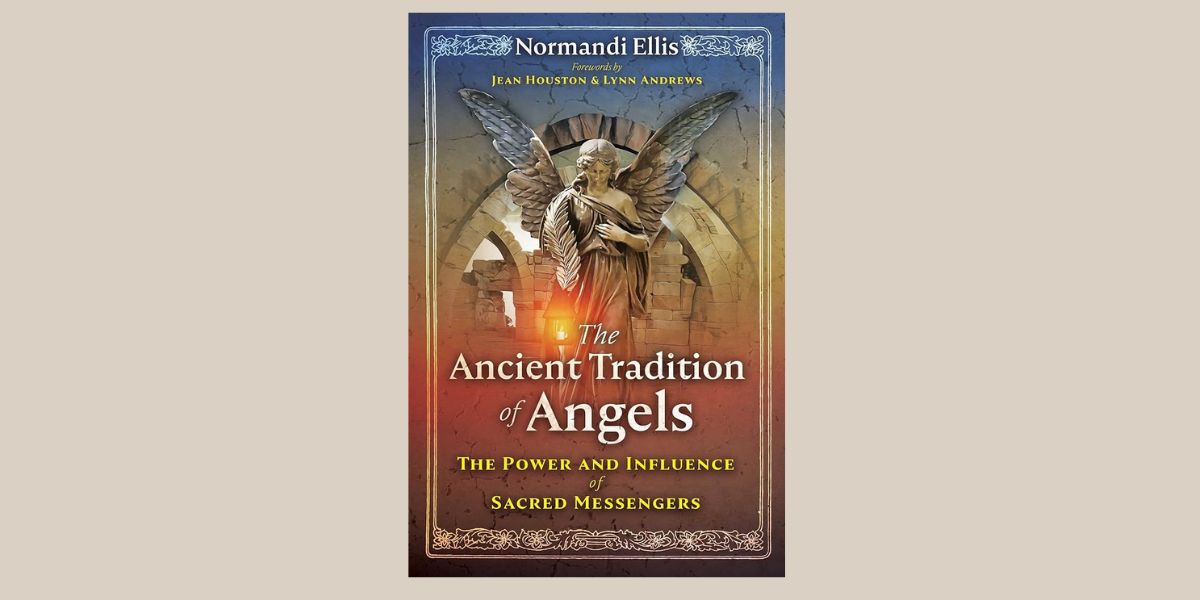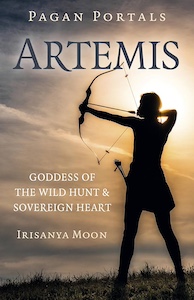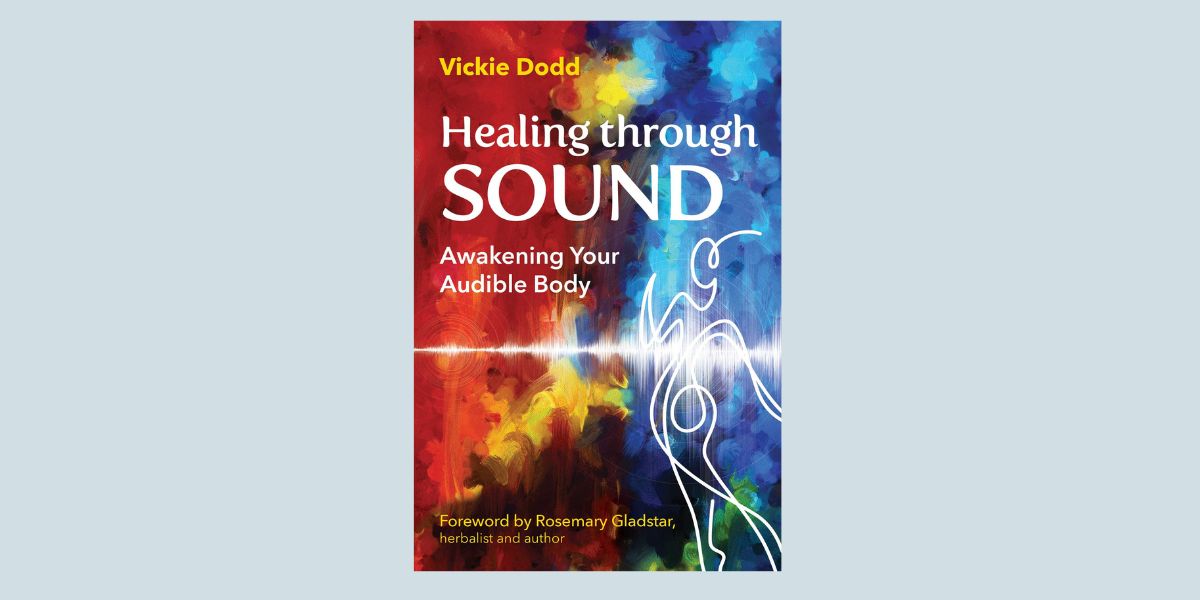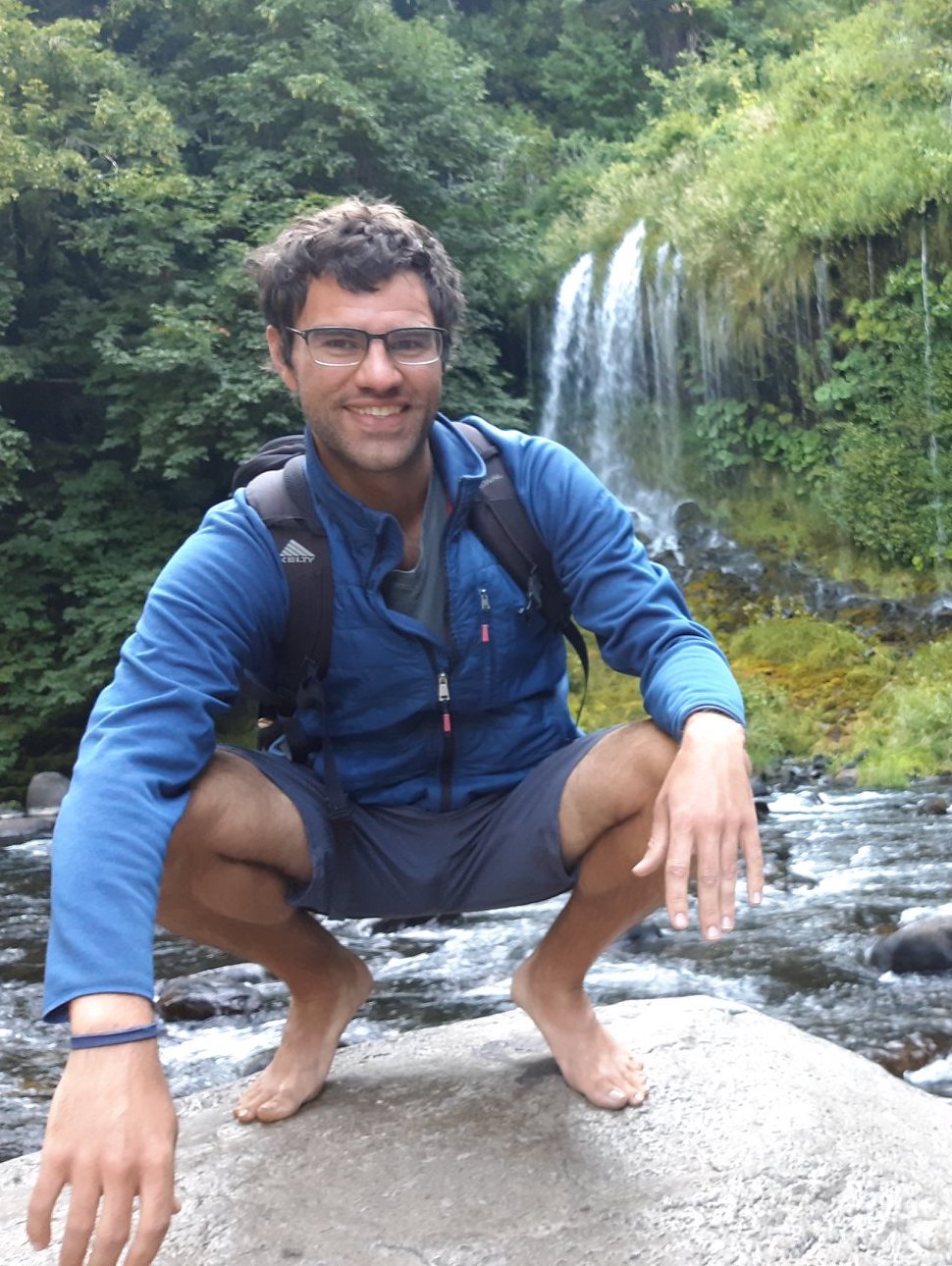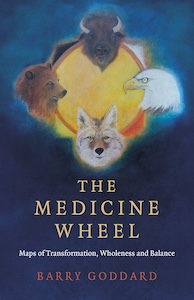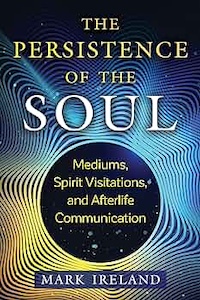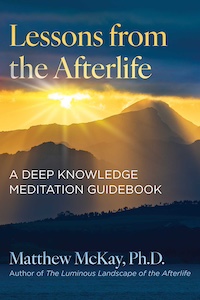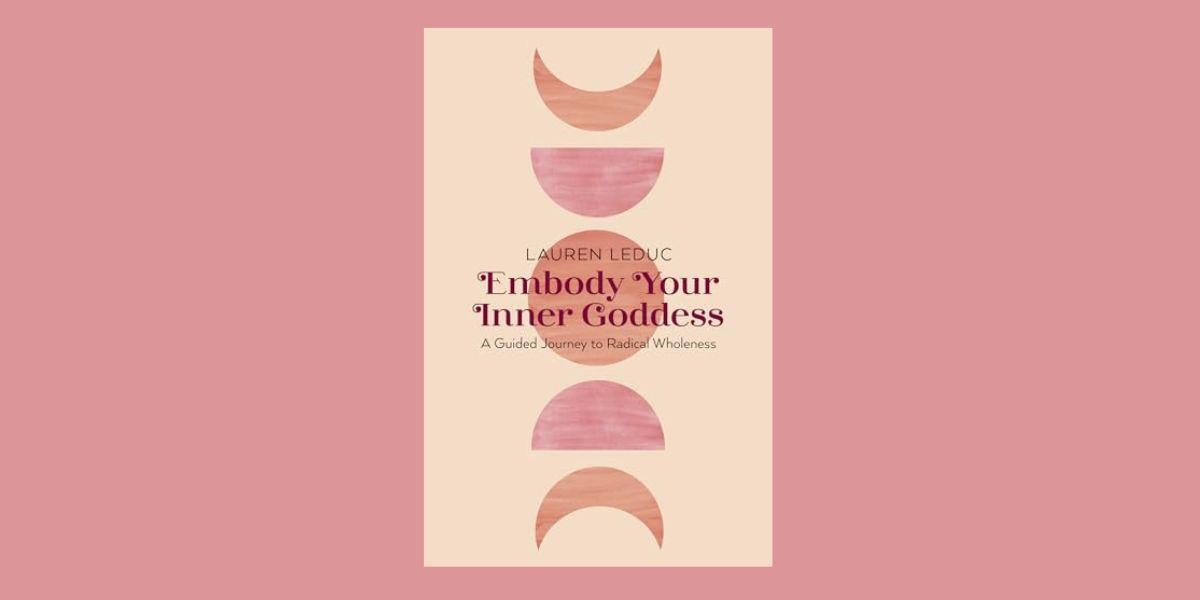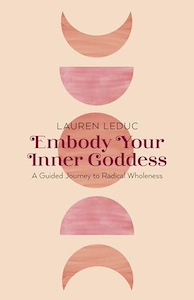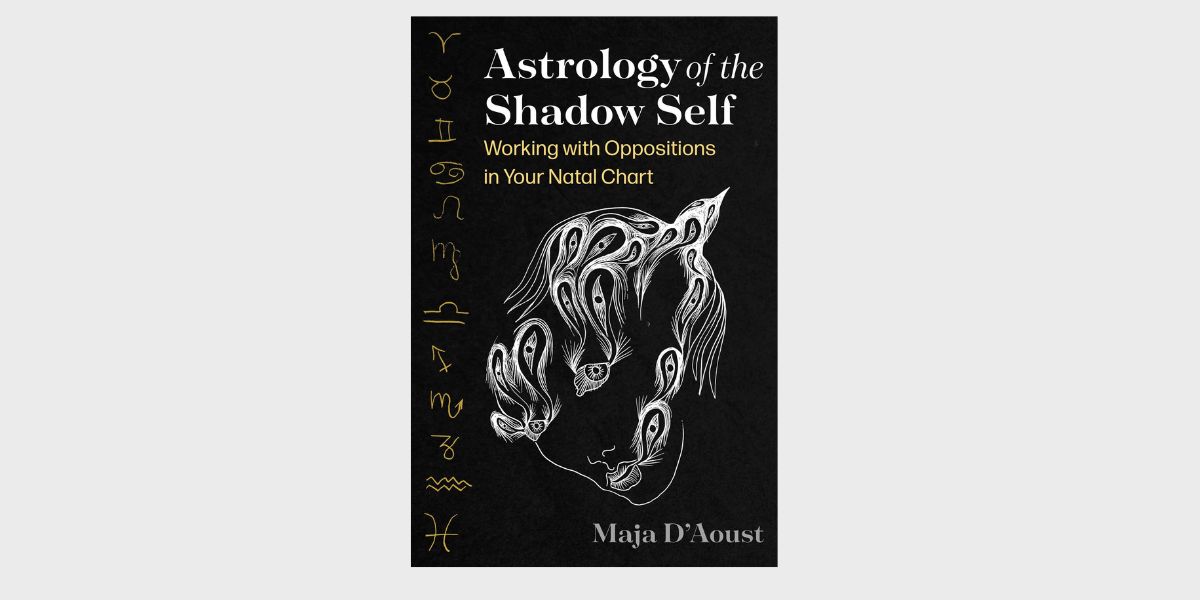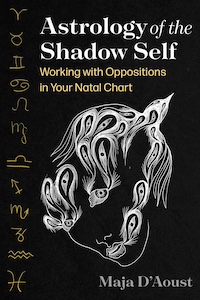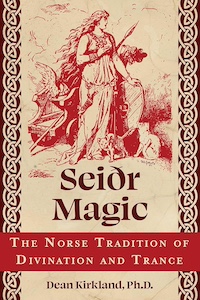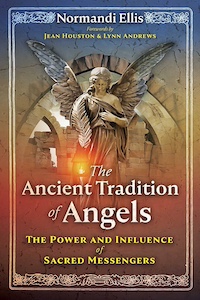
The Ancient Tradition of Angels: The Power and Influence of Sacred Messengers, by Normandi Ellis
Bear & Company, 978-1591434399, 280 pages, March 2023
“Angels appear in all cultures and religions. One group identifies such a being as deity, another as a deva, another as angel. Are they real or imagined? Ah, now that is one of the questions we will be drawn to examine more closely toward the end of this book!”1
I am a big fan of Normandi Ellis’s books, having cut my teeth on her Egyptian classics. The Ancient Tradition of Angels: The Power and Influence of Sacred Messengers is yet another of her well-researched and thoughtfully crafted offerings that provides the reader, regardless of spiritual practice or tradition, with enough information to make the connections desired with the angelic realms.
This book is organized into five sections with forwards by world renowned scholar, philosopher and futurist, Dr. Jean Houston and author of the Medicine Woman series, Lynn Andrews. Additionally, there are twenty-five beautiful color plates mid-book that enrich the visual aspect.
The introduction prepares the reader to be open to the concept of angels as not only divine messengers, but beings of light consciousness, part of the universal life force that connects all beings, and as such take on the many forms that an individual or culture may need to see a deeper truth and reality. These first steps into the core of The Ancient Tradition of Angels are ripe with Ellis’s personal experiences with angels and the messages shared with her about the nature of their being and functions at a cosmic and terrestrial level.
“Angels can take on any form they wish. When the occasion warrants, they may appear as human.2.
“Answering the Call” provides the reader with a personal account of Ellis’s experience with angels and continues to lay the foundations of the function, guidance and nature of the angelic realms and their correlation to religion. These are just a few of the stories she recounts throughout the book and create a solid foundation for the reader of the depth of communication with these beings that the author has established.
The subsequent three sections discuss how angels are perceived within the Western Traditions, Eastern Traditions, and Silk Road Traditions. There is a lot of Judeo-Christian referencing as would be expected given the heavy emphasis that has been placed on angels, but these serve more as points of correlation to the lesser known angels and related beings such as the Devas of India, the spirit beings of Buddhist traditions, the Islamic angel of death, the Zoroastrian angels of protection and many more.
“Section 4: Dark Angels” covers the concepts of those that are Fallen angels, including Lucifer Morningstar, the Angel of the Day of Judgement, and the Angel of Death, who often serves as psychopomp into the otherworld. From these, Ellis speaks to the arising of demons, the devil, and Satan and their relationship to the angelic realms and need for the polarity of good and evil that humans have the need for.
By the time the reader arrives at “Section 5: Human and Angelic Interactions”, a robust study of the origins, roles, and multi-layered perspectives of angels and their hierarchies within hierarchies has been provided. This is a natural bridge into the bigger question of the reality of angels–how do we communicate and engage? This is also the place where human “free will” comes into play and discussion of invocation -or not- of angels is put to the test through the historical knowledge of traditional practices. This discourse is derived from the ideology that “God asked the angels to help him make humans, which they did not especially want to do.”3
This falls into the belief that angels were favored above man, and with the appearance of humans and the complexities of spiritual form held in a corporeal state, the angels thus became guides and aids, taking on many other tasks in the assistance of humanity. With these considerations Ellis points out that the interaction with angels becomes more complex than a simple call and ask.
I was especially drawn to “Conclusion: I Am That I Am”. This section zeros in on the concept of angels as aspects of light consciousness. A scientific approach of light, physics, and quantum ideology weaves the components that flow within and from these angelic beings. This removes any religious bias the reader may have and places the reality of these beings (and others) in a modern context that although still unable to concretely prove the existence of angelic beings, there is also nothing that definitively says otherwise.
For those readers who wish to create a practice of connection with the Archangels, “Addendum: An Invocation of Archangels” provides a step-by-step ritual calling that is both simple and powerful. And, for the bibliophile, the bibliography boasts eleven pages of curated listings, including some more obscure titles as well as those that would capture the attention of a wide selection of an individual’s cultural and religious/spiritual practice.I always appreciate when an index for quick search is included in a dense and rich title too, which this book has.
Would I Recommend?
The Ancient Tradition of Angels fulfills the Ellis’s intention of deepening the understanding and perceptions of the angelic beings and their impact on the individual, culturally, and cosmically:
“It has been my intention to prove that angels exist, only to prove that whether we learn about angels from personal experience , from the pulpit, from stories told by travelers along the way, the messages and interventions of angels have shaped the cultures in which we exist. And through whichever door those angels have arrived, they have become a part of us. The true message of the angels lies within.4.
Within these 280 pages, Ellis has managed to provide a wealth of resources spanning a diverse inclusion of spiritual and religious practice, practical application for opening the lens of perception to the possibilities offered by the angelic beings and supportive footnotes for more clarity of content. The Ancient Tradition of Angels is a literal textbook of study that leads the way to all manner of angel-related academia and shared personal encounters.
Explorations of sacred texts, the seven great angels, the energetic streams that are the light of angelic consciousness, Kabbalistic principles, the natural universal laws and the interwoven streams of angelic and divine light we carry within are just a few of the paths that carry the reader to a space of the Divine. Regardless of your personal spiritual/religious practice, this is an important read to broaden one’s understanding of the natural and unnatural worlds of which we are a purposeful part.
About the Author: Normandi Ellis
Normandi Ellis is an award-winning writer, workshop facilitator, and archpriestess of the Fellowship of Isis. The author and coauthor of several books, including Awakening Osiris and Hieroglyphic Words of Power, she leads tours to Egypt. She lives in Chesterfield, Indiana.
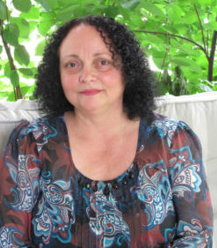
Robin Fennelly is an Elder within the Assembly of the Sacred Wheel Tradition [www.sacredwheel.org]. She is a dancer, teacher, astrologer, author, ritualist and seeker of all things of a spiritual nature. Her writings and classes incorporate a deep understanding of Eastern practice and Western Hermetics and bring a unique perspective towards integration and synthesis of the Divine and Mundane natures of our being. She is a mother of five and lives in Eastern PA with her husband of 45+ years.
